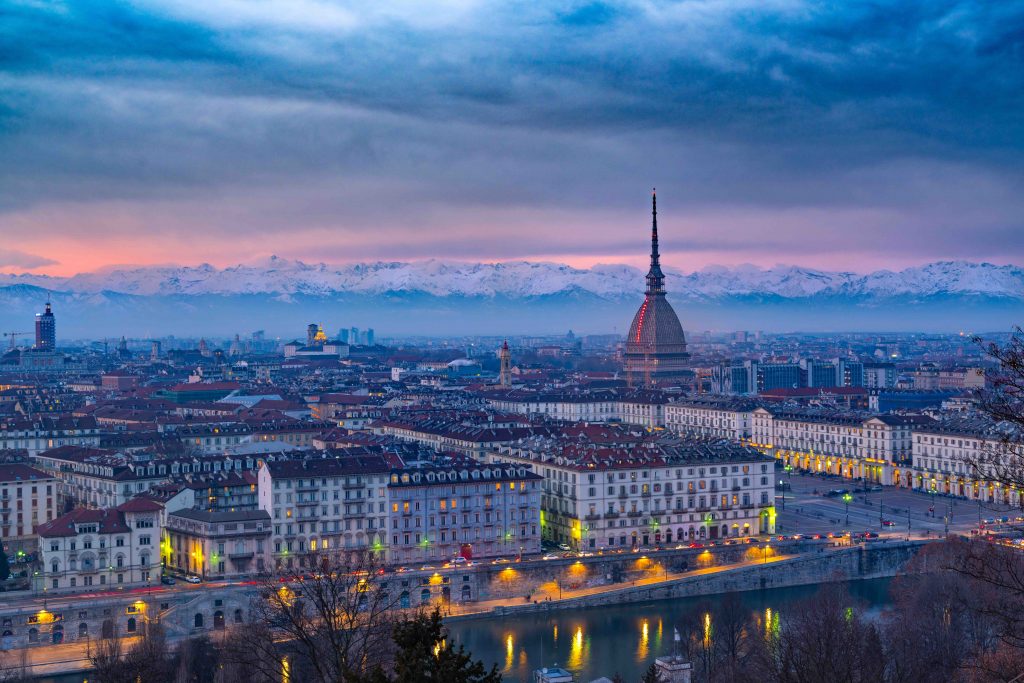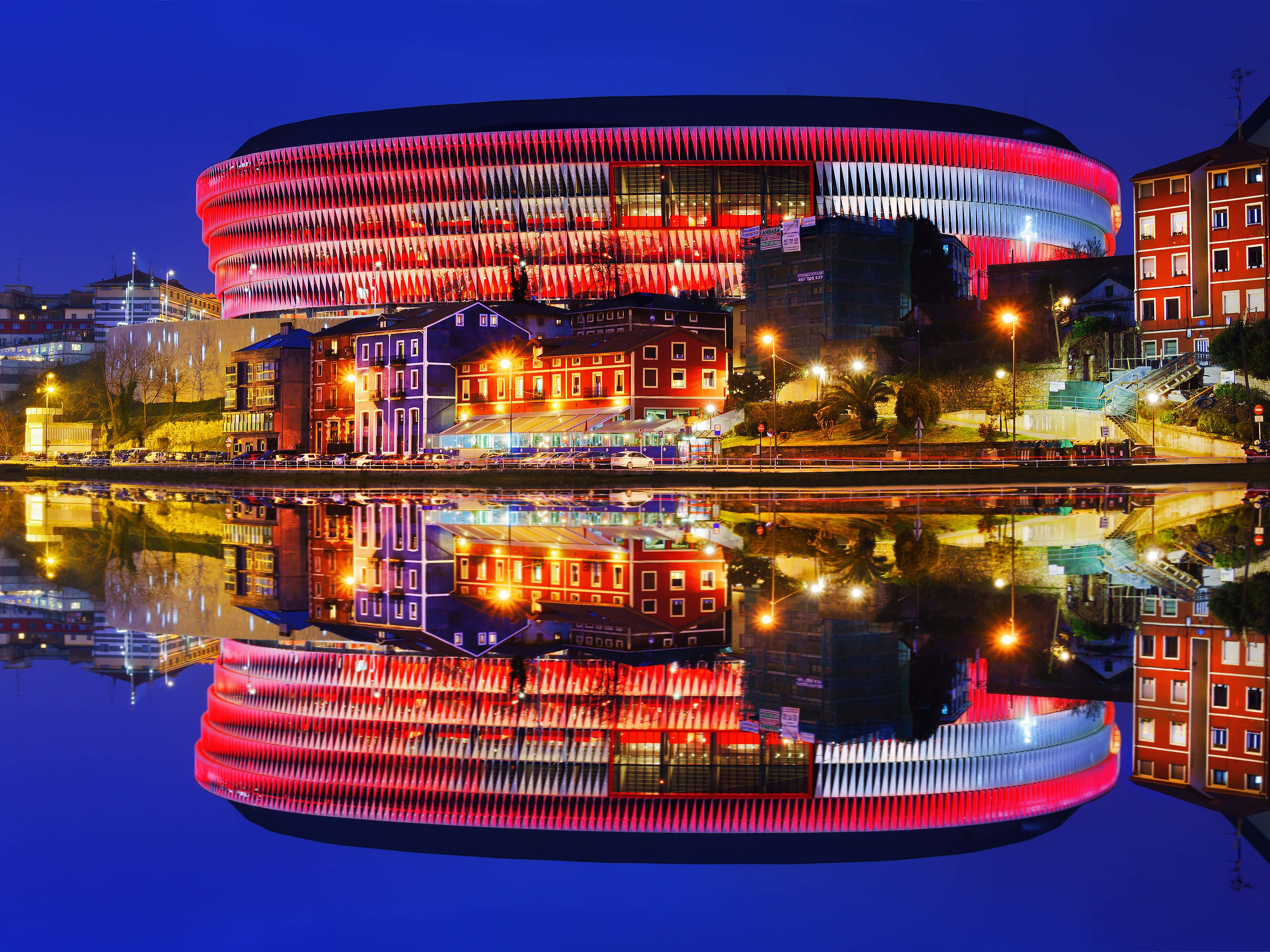La Mole and its symbology shared with that of design in progress
La Mole, Fiat, the European Institute of Design, Fashion and their transversal desire to integrate disciplines related to art, industrial design, architecture and sustainable urban planning made Turin the first Design Capital of the World in 2008. It was designated such by the ICSID (International Council of Societies of Design). This week, at The Decorative Surfaces, we get closer to the main design emblems of the Piedmont capital, those of then and now.
In 2008, Turin came from having been able to successfully celebrate the 2006 Winter Olympics. A city traditionally enclosed in its industrial capacity and muscle, managed to host international delegations and successfully met the challenge. To such an extent, that since then the capital has opted for renovation, reinvention and evolution towards more open challenges. Some of which catapulted it in the early dawn of the last century towards the world leadership and hegemony of style or transport.
What are Turin’s design symbols?
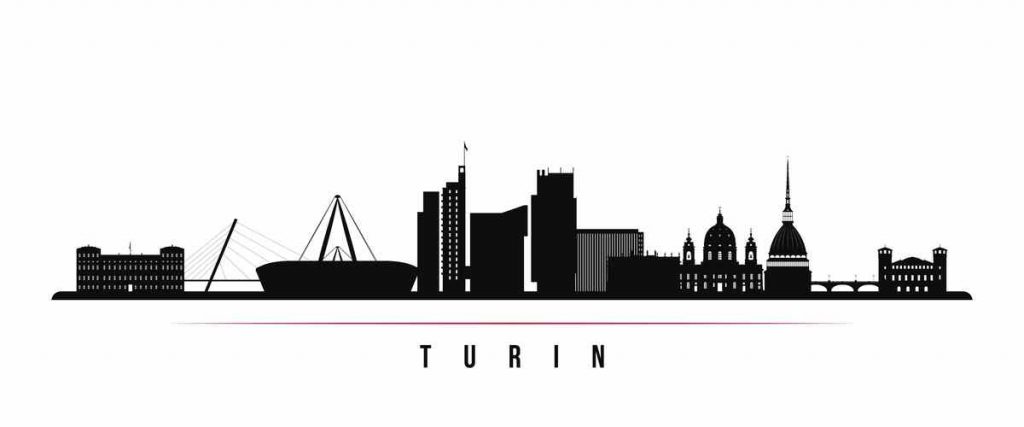 Precisely, 2008 was the starting signal for numerous open challenges with the then prevailing sustainable challenge of the industry. Together with the need to recycle, reuse, redo so that the planet underpins human development. With this wickerwork, it became the first World Design Capital. With the evolution registered in the last twelve years since it was, we can say that Turin has managed to save with its imprint the challenges that concentrated the world’s attention on design during that 2008. Today, from the balcony of 2020, we analyze the emblematic spaces that are and were. Together with those that have been born since then until now.
Precisely, 2008 was the starting signal for numerous open challenges with the then prevailing sustainable challenge of the industry. Together with the need to recycle, reuse, redo so that the planet underpins human development. With this wickerwork, it became the first World Design Capital. With the evolution registered in the last twelve years since it was, we can say that Turin has managed to save with its imprint the challenges that concentrated the world’s attention on design during that 2008. Today, from the balcony of 2020, we analyze the emblematic spaces that are and were. Together with those that have been born since then until now.
The European Design Institute Headquarters
We stop as a starting point at the headquarters of the European Design Institute (EDI). It has been located in a residential area in the center of Turin since 1989. The entity has been a catapult of talent, industrial innovation and the ability to monopolize visual, fashion and communication projects with worldwide repercussions. In fact, the branches in the form of headquarters that it has in the rest of the country, in Spain and in Brazil, have managed to attract numerous students each year around it with the capacity for traditional influence projected into a future in a business sense.
The enclave, without a doubt, was a good excuse for ICSID to choose Turin as the first design capital of the world. This, together with its industrial trajectory in contexts of reconversion with leadership capacity and the weight of the automotive, railway and fashion industry, with emblems such as Pininfarina witness.
The Officine Grandi Riparazioni
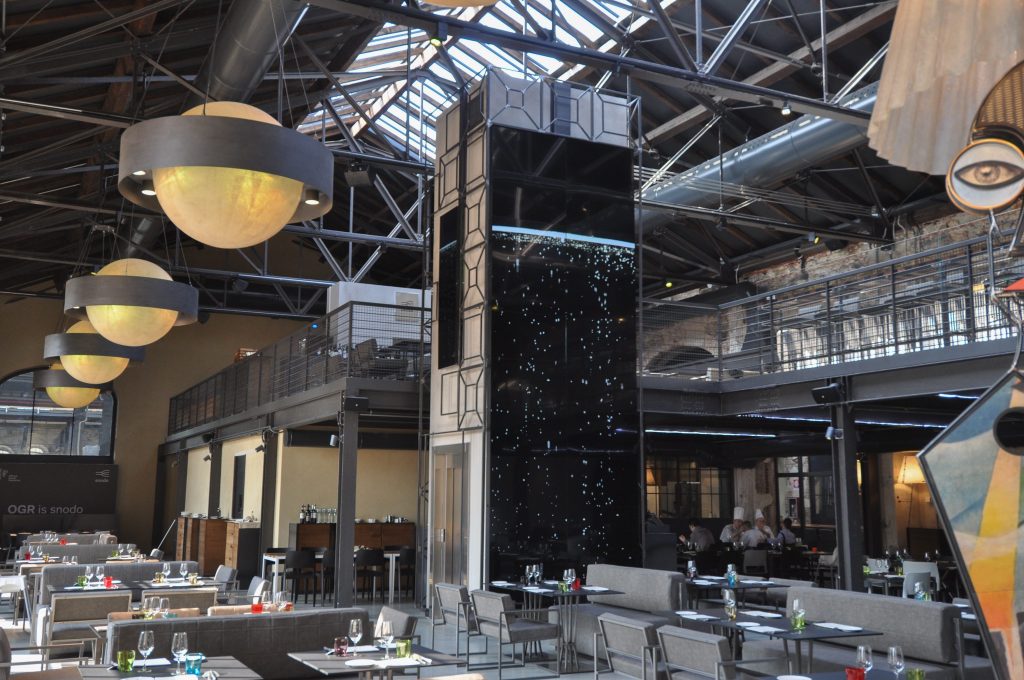
That starting photograph with the Mole Antonelliana that sees everything and from which everything is seen in Turin as a symbol of officiality, encompassed a point of departure without return. The prism of design in progress does not stop under a sustainable framework of development and recovery of spaces such as the Officine Grandi Riparazioni (OGR). This former repair warehouse and train warehouse was acquired by the Turin Savings Bank Foundation (CRT) before being demolished to transform it into the post-industrial reference cultural center. It has been converted into one since its inauguration in 2013, five years after the capital and with the transforming symbolism that the event brought about in Turin.
Evocative of the ruinous pubs of Budapest but under a deconstructed and maximalist industrial concept, the center hosts diverse exhibitions and restoration as a hub. Additionally, it is a ‘twenty-first century’ hangout for Turinese and tourists seeking a distinctive range of the cities they visit. A cathedral of the industrial history of Turin in which 100 million euros have been invested. During the COVID-19 health crisis it has also functioned as an improvised field hospital.
The Einaudi Campus
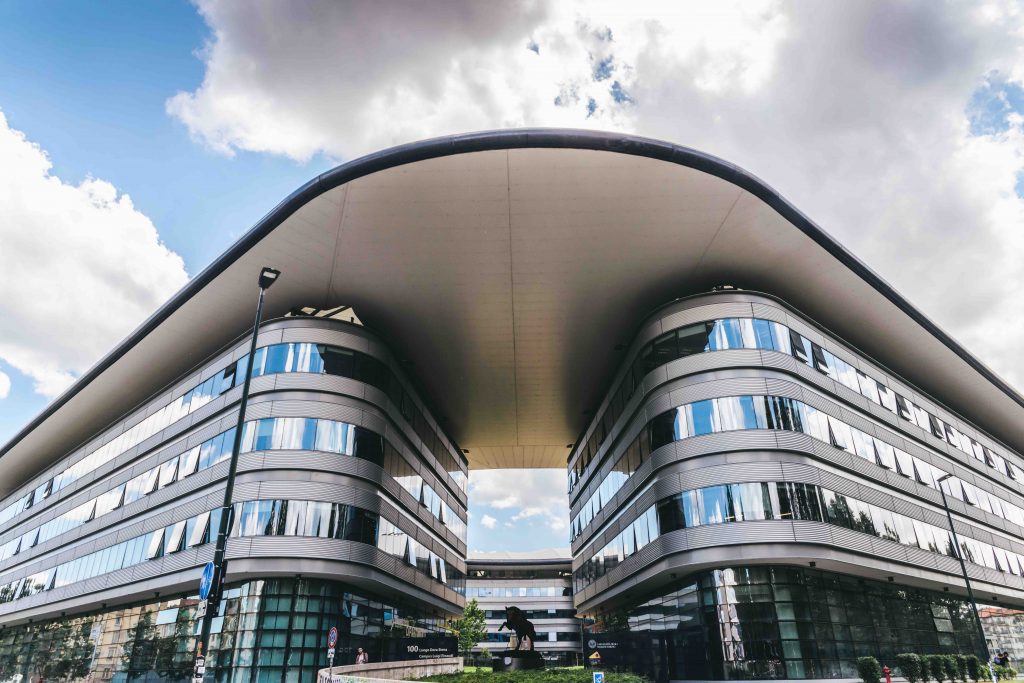
From the post-industrial spirit of unique spaces, we approach the Einaudi Campus, the work of Norman Foster. It is considered one of the 10 most emblematic university buildings in the world. Inaugurated in the same year as the OGR, and under the same philosophy born on the idea of the capital of 2008, that of reuse. This lung of talent occupies the former facilities of the national gas company. It is located very close to the Mole, to which undoubtedly, its almost 50,000 square meters steal a piece of symbology to gain ground as a new reference for the city in international eyes.
It houses and unites the Faculties of Law and Political Sciences, opens new public spaces in the city and favors social interaction. A four-storey complex that is committed to bioclimatic architecture. It has a unique cantilevered roof that studies the projection of sunlight in depth to save up to 20 percent on energy. Likewise, the campus is crossed by a green space as a “philosophical walk”, and photovoltaic pavement to cushion the effects of pollution and dust.
The Enrico Fermi School
The tour of Turin after its world capital of design and design in progress culminates in the new Enrico Fermi School. It was inaugurated in 2019 after the Turin BDR studio won the International Competition launched in 2016 by “Torino Fa Scuola”. According to its architects –Alberto Bottero and Simona Della Rocca– in declarations to Neo2, “the project is capable of dialogue with the existing building and, furthermore, revolutionizes its function. New spatial elements, transparencies and additions reinterpret the original structure with the aim of opening the school to the city”. Thus, the old school built in the 1960s as a regular school, is today a new space. It follows the new Turin philosophy of reuse and opening for all audiences, between the old industrial area of Lingotto and the Po river, southeast of the city.
The legacy of design capital remains, therefore, in Turin. Each year it adds a line, a style sheet for pre-existing architecture and its projection in a closer, more sustainable, more universal future.

